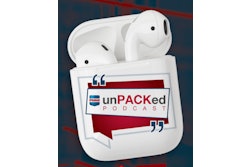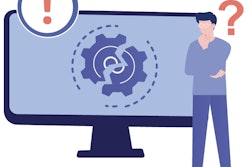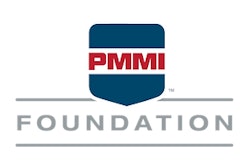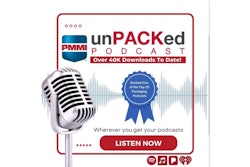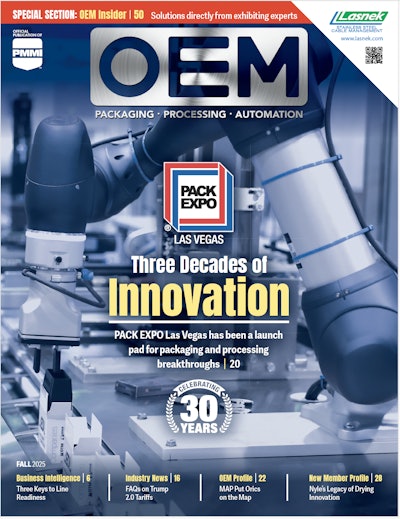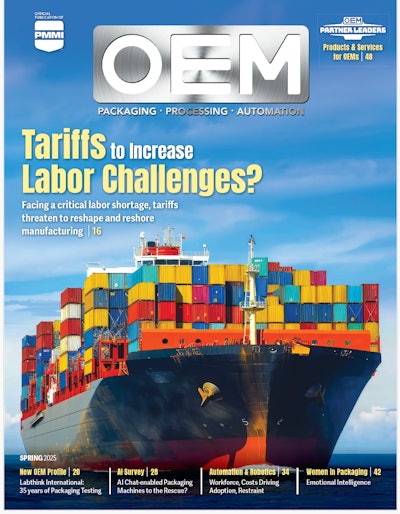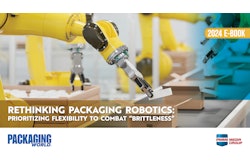If you ask most packaging equipment sales teams what they need to improve, you’ll hear the same response over and over: “I just need more product training.”
But here’s the real question:
- Do you know your clients as well as you know your products?
- Do you understand their challenges, priorities, and buying process as thoroughly as you understand your machine’s features and benefits?
As I work with sales teams, I rarely hear someone say, “I need to understand my customer at a higher level.” Yet, this is exactly what separates a trusted partner from just another vendor.
The most successful salespeople know their customers’ work, pressures, and decision-making process so well that they can anticipate challenges before the customer expresses them. When you focus on the right conversations instead of just your product specs, you move from pitching equipment to helping customers solve problems.
This column will show you how to do just that—by asking the right questions to transition from vendor to partner.
Understanding Your Buyer
Before we dive into partner-level questions, let’s clarify who we are selling to:
Name: Sarah Mitchell
Title: Director of Packaging Operations
Industry: Mid-Sized Food & Beverage Manufacturer
Measured By:
- Overall Equipment Effectiveness (OEE) – Uptime, throughput, and quality
- Cost Per Unit Packaged – Material and labor efficiency
- Waste Reduction – Minimizing product loss due to inefficiencies
- Compliance & Safety Metrics – Meeting industry regulations
What Sarah Cares About:
- Production Efficiency – Every minute of downtime costs money. She needs packaging equipment that runs consistently with minimal disruption.
- Cost Justification & ROI – Every capital expense must be justified with clear financial impact—improved uptime, reduced labor, or increased throughput.
- Serviceability & Support – Post-sale support matters just as much as the initial purchase. If the machine goes down, she needs fast solutions.
- Automation & Workforce Challenges – With labor shortages, Sarah needs solutions that require less manual intervention while keeping her team productive.
- Ease of Integration – If equipment is too difficult to implement, it won’t work for her facility. The transition must be seamless.
- Sustainability & Compliance – Increasing industry and government pressure to reduce packaging waste means she needs solutions that support both efficiency and ESG goals.
The Questions That Transition You from Vendor to Partner
Most salespeople start by discussing features. A partner starts by understanding how decisions are made, what pressures exist, and what risks the customer is facing.
- “What are your top three priorities for your packaging lines this year?”
- “What internal pressures are shaping your capital investment decisions?”
- “What’s the biggest frustration your team experiences with your current equipment?”
A great approach here is to play the curious outsider. Act as if you don’t already know the answers, even if you do. This encourages the customer to open up, rather than assume you already have a solution.
Problem-Focused Questions: Uncovering Pain & Opportunity
• “What’s your biggest bottleneck today, and what is that costing you in lost production?”
• “What happens when one of your packaging lines goes down? How does that impact your overall operation?”
• “How do you track OEE, and where are you seeing the biggest losses?”
A strategy that works well here is to reverse the conversation. Instead of pushing them toward admitting they need help, gently challenge them in the opposite direction:
• “Sounds like this isn’t a major issue for you right now?”
• “Maybe downtime isn’t having as big an impact as I assumed?”
If they push back and defend the problem, they’ll open up more about its impact.
Financial Justification Questions: Helping Sarah Build an Internal Business Case
• “What does a 1% increase in uptime mean in dollars for your operation?”
• “How does your leadership team typically evaluate capital investments? What’s most important to them?”
• “Would it be helpful if we modeled out the cost savings potential of upgrading your system?”
Instead of telling the customer they need to justify ROI, share an example:
• “I was just working with another plant manager who thought his costs were in line, but when we mapped out the downtime impact, he realized he was losing over $500,000 a year in missed production. Could that be something worth looking into here?”
Stories remove sales pressure and allow customers to see their own issues through someone else’s experience.
Competitive Differentiation Questions: Standing Out From Other Vendors
• “What is something you’ve always wanted packaging equipment suppliers to do?”
• “What has your experience been with implementation—have past upgrades gone smoothly?”
• “If you could redesign your packaging process from scratch, what would you do differently?”
• “What is one thing you wish packaging equipment suppliers would start or stop doing to make your life easier?”
Don't jump to the solution immediately when a customer shares a complaint about a past experience. Instead, keep them talking:
• “That sounds frustrating—what did that cost you?”
• “What did you end up doing to work around it?”
This helps them fully process the pain of their previous supplier’s failure and makes them more open to a better alternative.
Closing and Next Steps
• “What is the ROI and time frame that would make this worth exploring further?”
• “Would it make sense to set up a site visit to evaluate how our solution fits within your operations?”
• “What would need to happen internally for this project to move forward?”
A strong approach here is to set clear expectations before the close:
• “If we put together a solution that addresses your concerns and meets your ROI targets, what would happen next?”
If they hesitate, you’ve identified an obstacle before the official close.
Final Thoughts: How to Stay Out of the Vendor Zone
Most salespeople know their products inside and out. But if you don’t know your customer’s business, challenges, and decision-making process, you’ll always be treated like a vendor instead of a partner.
The best salespeople in 2025 will:
• Speak their customer’s language—efficiency, ROI, compliance, automation.
• Anticipate challenges before the customer even verbalizes them.
• Use questioning strategies to guide conversations, uncover real needs, and create urgency.
Selling packaging equipment isn’t about pitching features—it’s about helping customers make better business decisions. And when you do that, you won’t just win a sale—you’ll earn long-term partnerships that drive repeat business.




